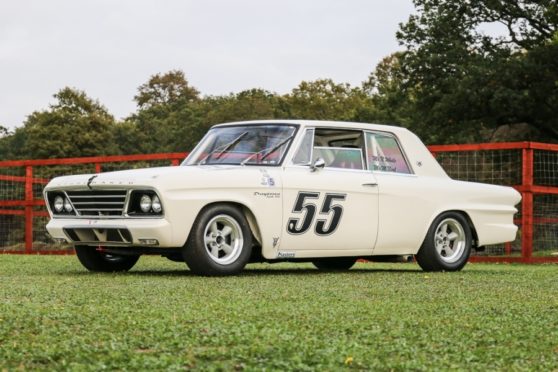In car making as elsewhere, imitation is the sincerest form of flattery. Hence a handful of cars have had a disproportionate influence on cars that came after them.
Examples are the original Mini with its transverse engine/gearbox, now near-universal in cars and vans. Or the Range Rover, which combined 4WD off-roadability with luxury and spawned the countless SUV “Chelsea tractors” that dominate our roads today.
However, there’s one long-forgotten car that more than any other influenced post-war car design—the late 1940s Studebaker Starlight and later Champion. This American car, made in South Bend, Indiana, unintentionally dictated how millions of post-war cars looked.
Some say it was designed by Raymond Loewy, others hail company designer Virgil Exner, but it was the first car clearly divided into three distinct parts—bonnet, passenger area and boot, with the flat-lidded boot almost as long as the bonnet. Critics jibed that it “had an engine at both ends” or “is it coming or going?”—but the design caught on, both in the US and in many other countries.
Other than coupes and van-like shooting breaks/estate cars/station wagons, one can say most postwar cars had boots, located behind the rear window and separated from the cabin by a steel bulkhead. Only in the past 20-30 years has the hatchback, with its luggage area merged with the cabin, supplanted that design.
Studebaker (pronounced Stew-da-baker) was started in the 1790s by German emigres making farm carts and wagons. They moved into car making (electric, would you believe) in 1902, switched to petrol in 1904 and throughout the 1920-30s made orthodox-looking cars. Being small and nimble, they brought out the first “post-war” car in 1946, its long boot and wrap-around rear window making it an instant success. They also acquired a factory in Hamilton, Ontario, Canada, and sold many cars in the Commonwealth.
However, Studebaker, like many US carmakers, was decimated by the 1950s price-cutting and market share-chasing by General Motors and Ford. Poor financial control, overmanning and above-the-norm pay and perks didn’t help. A merger with Packard and two good new models, the compact Lark and Avanti sports car, were too little, too late. South Bend closed in 1963, Hamilton in 1966. However, the Studebaker design legacy lasted for at least another 30 years.
